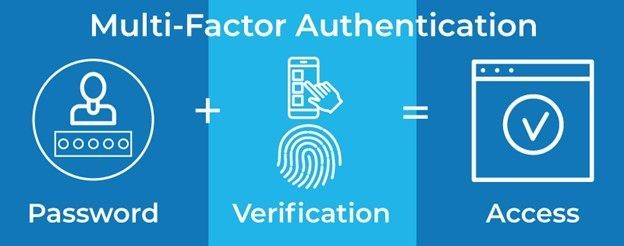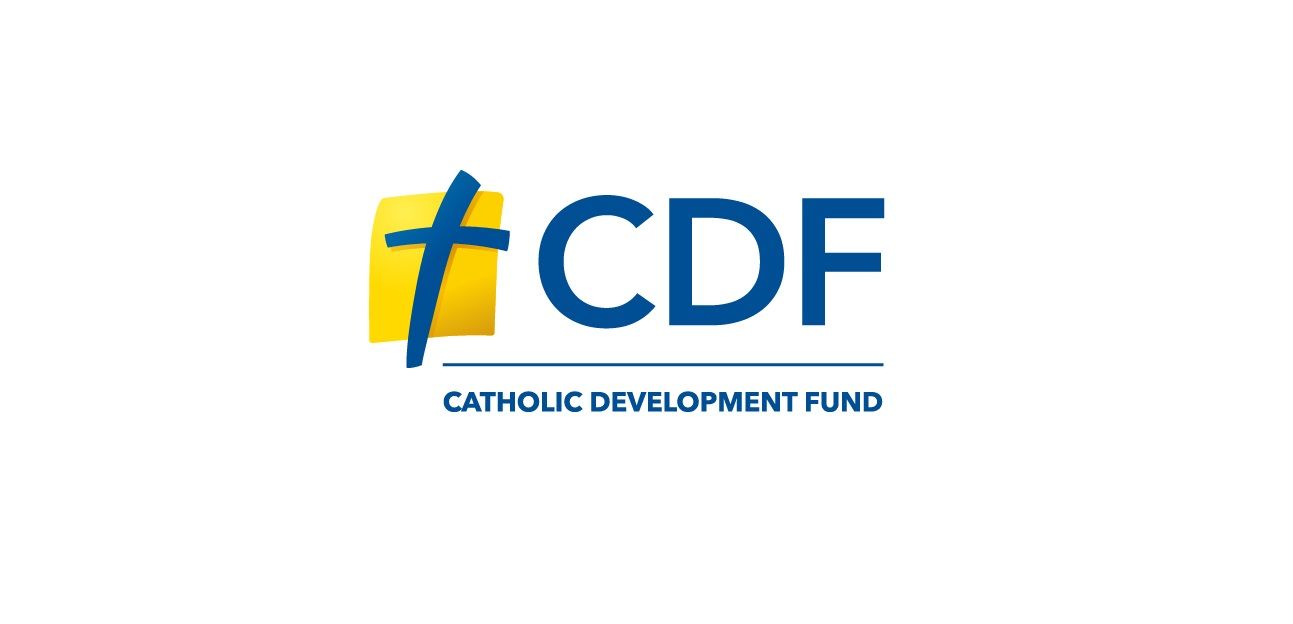As the Christmas holiday season approaches, many of us are planning festive celebrations, shopping for loved ones, and looking forward to well-deserved breaks. However, it’s also a time when cybercriminals ramp up their activities, taking advantage of busy online traffic and the seasonal increase in digital transactions. This Christmas, make cybersecurity a priority by fortifying your online accounts with Multi-Factor Authentication (MFA) to keep your personal information safe.
Why MFA is Essential for Your Cybersecurity
In today’s rapidly evolving digital landscape, cyber threats are ever-present, and recent headlines about online scams and data breaches highlight just how vulnerable personal information can be. In Australia, cyber incidents continue to rise, underscoring the need for proactive measures. Multi-Factor Authentication (MFA) is a powerful tool that provides an added layer of security, making it more challenging for cybercriminals to access your sensitive information.
What is Multi-Factor Authentication (MFA)?
Multi-Factor Authentication (MFA), also known as two-factor authentication (2FA) or two-step verification, is a security mechanism that requires users to provide two or more authentication factors to verify their identity before gaining access to a system or account. These factors typically fall into three categories:
- Something you know: This includes passwords, PINs, or security questions.
- Something you have: Such as a mobile device, smart card, or token.
- Something you are: Biometric identifiers like fingerprint scans, facial recognition, or iris scans.
By combining two or more of these factors, MFA adds an additional layer of security that makes it significantly harder for cybercriminals to gain unauthorised access, even if they manage to obtain one factor, such as a password.

Tips for Implementing MFA This Season
Just as you double-check your holiday shopping list, here are some key tips for setting up and using MFA to protect your accounts this season:
- Enable MFA on all accounts: Whenever possible, enable MFA on all your online accounts, including email, banking, social media, and cloud services. Most major online platforms and services offer MFA options, making it easy to enhance security across various digital environments.
- Choose strong authentication methods: Opt for authentication methods that offer the highest level of security and convenience based on your preferences and available options. While SMS-based codes are commonly used, authenticator apps, hardware tokens, and biometric authentication methods are generally more secure alternatives.
- Setup backup authentication methods: It’s essential to have backup authentication methods in place to ensure access to your accounts in case your primary method is unavailable or compromised. This could involve setting up multiple authentication factors, such as a secondary device or backup codes provided by the service.
- Stay informed and vigilant: Remain vigilant against phishing attempts and other social engineering tactics used by cybercriminals to bypass MFA protections. Be cautious of unsolicited requests for authentication codes or attempts to trick you into revealing sensitive information.
- Avoid Clicking Suspicious Links
Be cautious of sign-in links sent via SMS or email. Scammers often impersonate legitimate organisations to steal sensitive information like account numbers and passwords. If in doubt, visit the official website of the organisation directly to log in or find contact information.
- Don’t Share MFA Codes or Approve Unknown Sign-Ins
Never share your Multi-Factor Authentication (MFA) codes or approve login attempts you don’t recognize. These security features protect your accounts, and sharing or approving unauthorised access could compromise your security.
5. Regularly review account activity: Monitor your accounts regularly for any suspicious or unauthorised activity. Many online services offer features that allow users to review recent login attempts and device activity, enabling early detection of potential security threats.
Make Cybersecurity Part of Your Holiday Plans
The holidays are a time for joy and celebration, and with the right precautions, you can enjoy them without worry. Adopting MFA is a simple yet powerful step to secure your personal information. Proactive measures like these help you stay one step ahead of cybercriminals who may try to take advantage of the busy season.
For more information on how to stay secure online, visit trusted sources like the Australian Cyber Security Centre (ACSC) and the Australian Competition and Consumer Commission’s Scamwatch website. These resources offer valuable tips to enhance your cybersecurity posture all year long.
We’re Here to Help
Cyber-attacks and scams will always be prevalent in the online world, but by working together and being prepared, we can help detect and prevent suspicious activity. If you think you’ve been a victim of a scam or are worried about the security of your accounts, email us at csg@melbcdf.org.au or phone 1800 134 135.
Share this article:
Related articles


CDPF Limited, a company established by the Australian Catholic Bishops Conference, has indemnified the Catholic Development Fund ABN 15 274 943 760 (the Fund) against any liability arising out of a claim by investors in the Fund. In practice, this means your investment is backed by the assets of the Catholic Archdiocese of Melbourne. The Fund is required by law to make the following disclosure. Investment in the Fund is only intended to attract investors whose primary purpose for making their investment is to support the charitable purposes of the Fund. Investors’ funds will be used to generate a return to the Fund that will be applied to further the charitable works of the Archdiocese of Melbourne and the Dioceses of Sale and Bunbury. The Fund is not prudentially supervised by the Australian Prudential Regulation Authority nor has it been examined or approved by the Australian Securities and Investments Commission (ASIC). An investor in the Fund will not receive the benefit of the financial claims scheme or the depositor protection provisions in the Banking Act 1959 (Cth). The investments that the Fund offers are not subject to the usual protections for investors under the Corporations Act (Cth) or regulation by ASIC. Investors may be unable to get some or all of their money back when the investor expects or at all and investments in the Fund are not comparable to investments with banks, finance companies or fund managers. The Fund’s identification statement may be viewed here or by contacting the Fund. The Fund does not hold an Australian Financial Services Licence.



